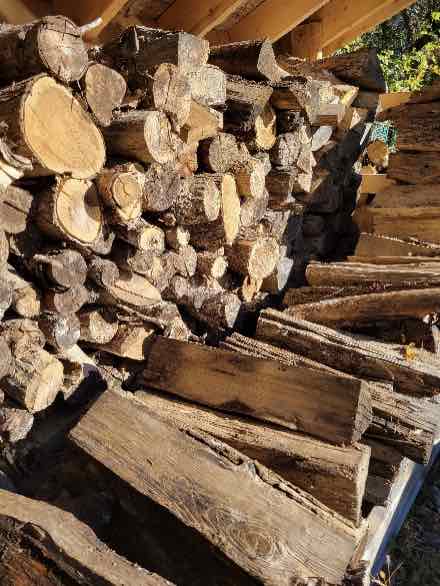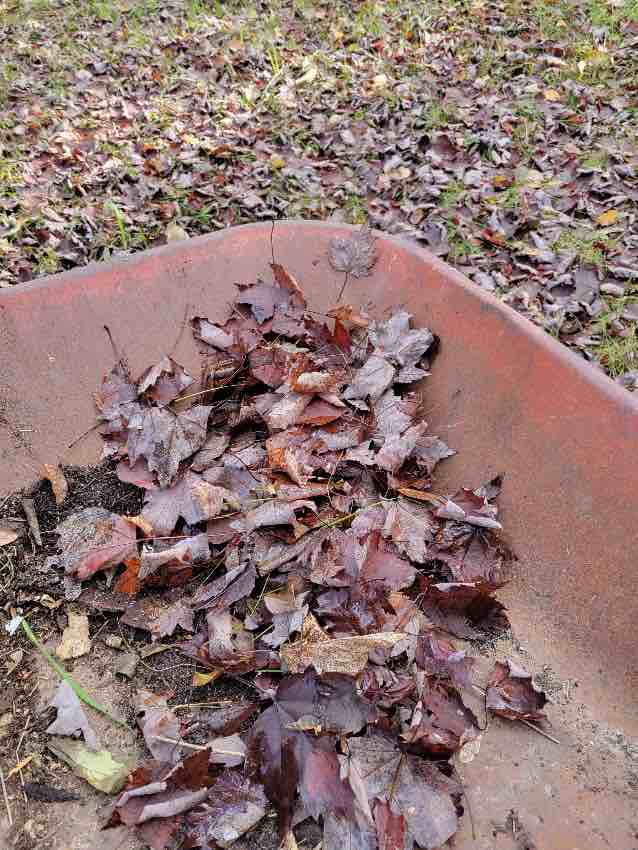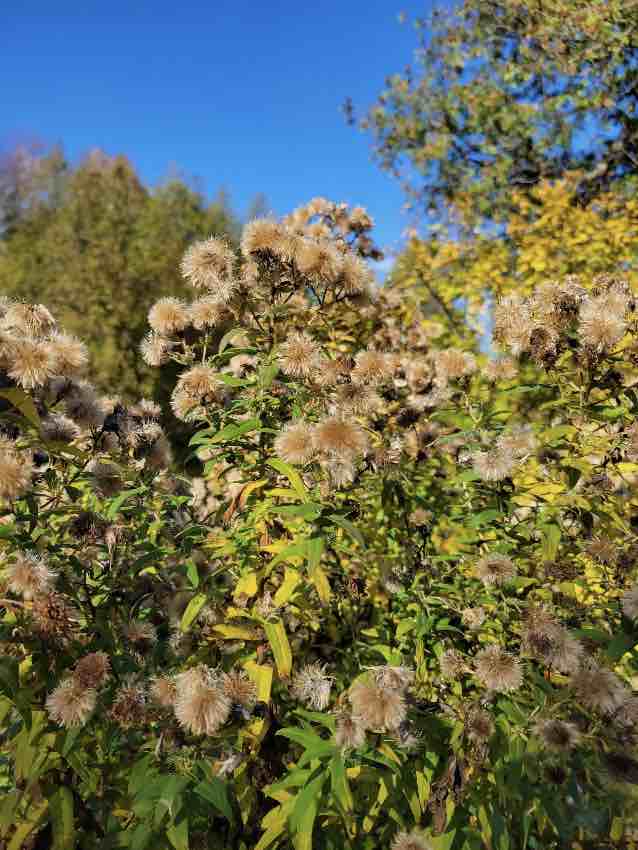Your cart is currently empty!
Rosehip Jelly Recipe and Uses
Here’s an easy to make Rosehip Jelly recipe, a tart, sweet jelly. There are many Rosehip uses and benefits, and very good for your health.
Your cart is currently empty!
Just as I prepare to stay warm this winter, I also need to prepare the garden for the upcoming winter season. As I finish putting the pots away and adding compost and leaves to the beds, I have a chance to check out what kind of plants are left. I cut down the peonies and the phlox because they have mold and mildew. If I cut them down and remove the leaves, there are fewer chances of more mildew next year.
Greetings fellow gardeners,
It is coming down to the wire. There are so many things to get done and the weather continues to cool. I need to keep stacking the wood or too-many cats will be very upset that the woodstove is not working. Just as I prepare to stay warm this winter, I also need to prepare the garden for the upcoming winter season.

This summer I played host to a project by a PhD student who was studying bees. She installed special boxes to encourage bees to nest. She came by last week to take the nesting boxes back to the lab where the leaf-cutter bees, who set up shop will be well-observed until spring. I learned a lot by participating in this experiment; bees love my messy garden. I have a lot of weeds and wildflowers that the bees enjoyed.
I have continued to empty my pots, picking the last of the lettuce and removing droopy annuals. My pots are stored in a little shed. I try to clean them up with a mild dish detergent and water.
I have been dumping the soil from the pots into the compost or leaving it in the perennial garden. The nutrients have been depleted but I can add compost and leaves, and they will break down over the winter. I like to add compost to my vegetable and perennial gardens in the fall and sometimes I add manure as well; it all breaks down. As I have a maple tree, the maple tree leaves are added first before compost and manure. Maple leaves break down quickly. I never use the fruit tree leaves as they are often carriers of fungus or disease, and they take longer to break down.

As I finish putting the pots away and adding compost and leaves to the beds, I have a chance to check out what kind of plants are left. I cut down the peonies and the phlox because they have mold and mildew. If I cut them down and remove the leaves, there are fewer chances of more mildew next year. I make sure that the roses in and around my perennial beds are wrapped up in bird-netting to catch and collect the snow. The January freeze-thaw is what will kill my roses and tender perennials, but the snow will protect them. Remember that if you use salt on pathways the salt will leach into the soil and hurt your plants. Try to find a less toxic choice.
I leave perennials like sedum and asters because they have lots of seeds and provide shelter for birds and over-wintering insects. The other benefit of leaving your perennials is that they will hold snow on your garden and add protection.

So, the winter preparations are done. All of the pots are emptied, the compost and leaves have been added to the beds, the roses are wrapped in netting and most of the wood is stacked. Enjoy your week. Judith.
Contact Judith through her Website https://www.lapisdragonarts.com/. Find more weekly Veggie Bites experiences on the Veggie Bites page.
Here’s an easy to make Rosehip Jelly recipe, a tart, sweet jelly. There are many Rosehip uses and benefits, and very good for your health.
Discover the wonderful Calathea varieties, their care and their dazzling array of colorful leaves for your landscape and indoor plant! Get to know their care, lighting, watering and fertilizing needs – as well as propagation tips – to enjoy their beauty and reap the rewards of their circadian rhythm.
Discover the key supplies and expert tips you need to successfully start your own seeds at home. Find out how to choose the right soil, reuse plastic pots, label your seed starts, and more!
Discover the excitement of harvesting mulberries, experimenting with microgreens, and enjoying the ripening vegetables in your garden. Get inspired by this gardener's journey!
Learn about the Apiaceae family plants list, known as the carrot family, their flavors, health benefits, and how to grow them in your own garden.
It’s a perfect time to experiment. The plastic water bottle should act like a tiny greenhouse and my lettuce should grow even when it snows.
GardeningCalendar.ca gets some funding from advertisers. If you click on links and advertisements at no cost to you, the site may receive a small commission that helps fund its operation.
© 2025 J&S Calendars Ltd.
Leave a Reply
You must be logged in to post a comment.